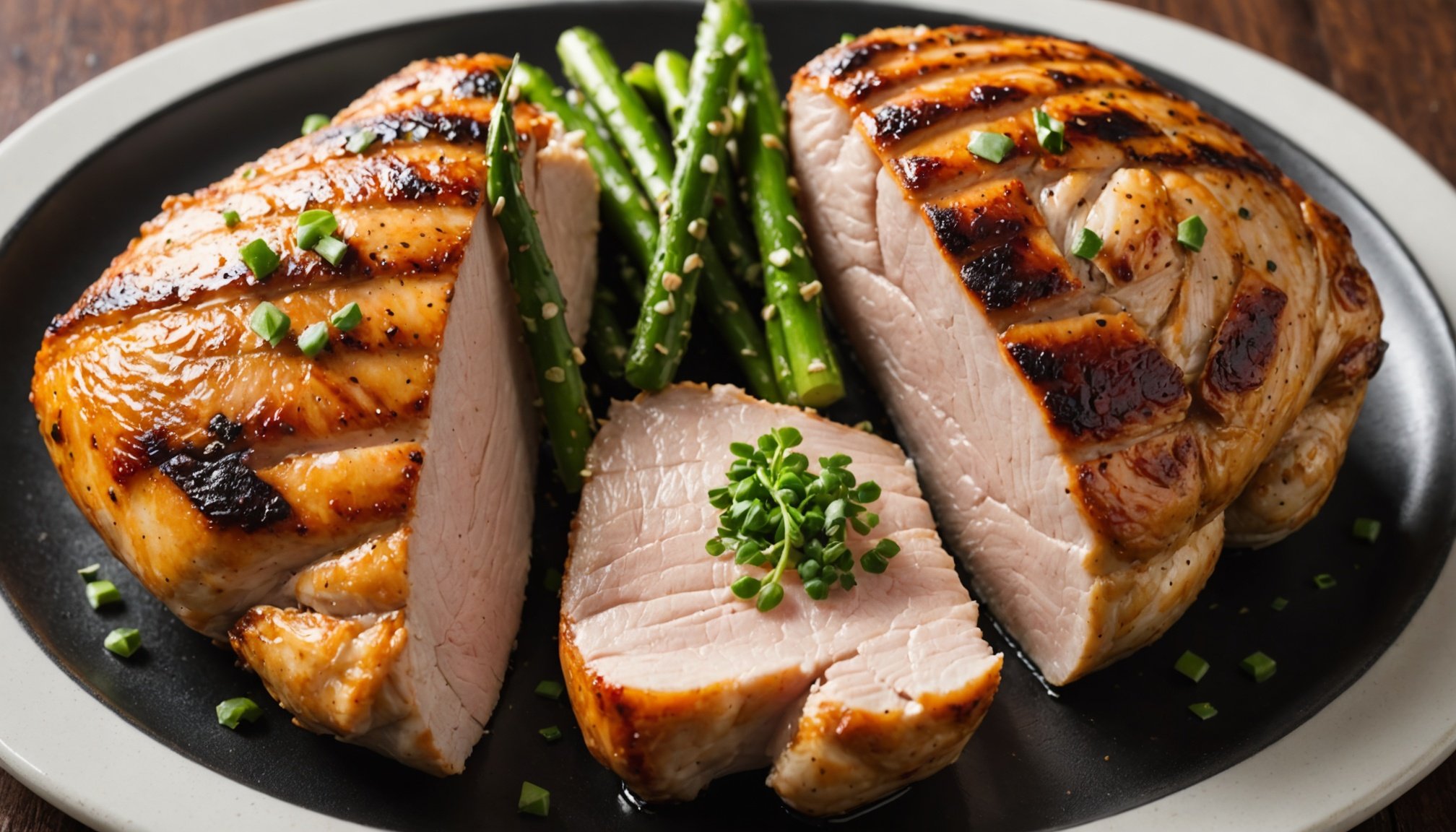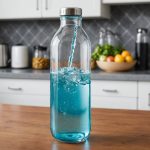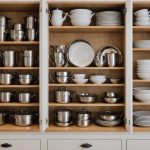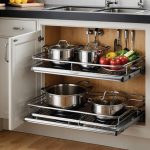Understanding Sous Vide Cooking
Sous vide is a precision cooking technique that involves vacuum-sealing food in a bag and cooking it to a very precise temperature in a water bath. This method allows for consistent results every time, as it provides perfect temperature control, ensuring that the food is cooked evenly throughout.
Historically, sous vide emerged in the 1960s in France, initially used in the food industry for vacuum packing. Its culinary potential was later recognised for its ability to maintain the integrity and natural moisture of ingredients, revolutionising how chefs approached cooking delicate foods.
In parallel : Key factors to think about when selecting the ideal pasta maker for perfectly homemade noodles
The core of sous vide cooking is its emphasis on precision, which is crucial in achieving the desired outcomes in dishes. By using accurate temperature control, we can prevent overcooking or undercooking, achieving textures and flavours that are often impossible with traditional methods. For instance, in the case of cooking chicken, sous vide ensures that the meat is thoroughly cooked without drying it out or losing its juiciness.
The precision aspect of sous vide also aids in one of the toughest culinary tasks: maintaining the exact doneness level for various meats, leading to consistently tender and flavourful results.
In the same genre : Key factors to weigh when selecting a spacious refrigerator for large households
Ideal Temperature Ranges for Chicken
Achieving the perfect texture in sous vide chicken relies heavily on understanding chicken cooking temperatures. The difference between tender, juicy poultry and an undesirable result often comes down to maintaining precise temperatures. For safety, chicken must reach 74°C (165°F) at its core. However, sous vide offers flexibility, allowing lower temperatures for longer times to enhance tenderness without compromising safety.
Sous Vide Temperature Guide for Chicken
- White Meat (Breasts): Generally, 60°C to 66°C (140°F to 150°F) for around 1 to 4 hours results in juicy, tender breast meat.
- Dark Meat (Thighs, Legs): These cuts benefit from temperatures between 66°C and 74°C (150°F to 165°F) for 1 to 5 hours, achieving a more succulent texture.
The relationship between temperature and texture is pivotal in sous vide cooking; lower temperatures result in a softer texture and retain moisture, while higher temperatures approach traditional cooking results. Finding the balance between safety and the desirable texture requires consideration of individual cut preferences and durations. Thus, understanding these sous vide temperature guides enables customisation to cater to various tastes while ensuring thorough safety compliance.
Cooking Times for Sous Vide Chicken
Understanding the optimal cooking durations for sous vide chicken is essential to achieving perfect results. Precise sous vide timing ensures both flavour and safety, preventing overcooking or undercooking.
Recommended Cooking Times by Cut
For chicken breasts, a common guideline is to cook them at 60°C (140°F) for about 1 to 4 hours. This timeframe allows the meat to absorb flavours and achieve a juicy texture. Meanwhile, chicken thighs and drumsticks benefit from extended times, ideally ranging from 66°C to 74°C (150°F to 165°F) for 1 to 5 hours to enhance tenderness.
Factors Affecting Cooking Time
Thickness greatly impacts chicken cooking time in sous vide preparations. Thicker cuts invariably need longer cooking durations. A general rule of thumb is to add extra time for every additional half-inch of thickness. Monitoring time helps maintain desired textures.
Adjusting Time for Thickness
Adjust cooking durations based on thickness by increasing the time incrementally. A thick chicken breast over an hour and a half inches thick might need an additional 30 minutes. By fine-tuning timing, you effortlessly achieve perfect results, balancing both flavour and texture in sous vide chicken dishes.
Tips for Flavour Enhancement
Enhancing the flavour in sous vide cooking involves more than just precise temperature control; it’s about the flavouring techniques used. Seasoning before vacuum-sealing is crucial, as it allows the sous vide seasoning to permeate the chicken during cooking. Salt is the foundation, helping to intensify flavours. Pair it with pepper or garlic powder for an added kick.
Incorporating marinades provides depth. A basic marinade with herbs like thyme or rosemary, along with lemon juice and olive oil, can elevate flavours significantly. Spices such as paprika or cumin can infuse subtle warmth into the chicken.
Using Aromatics and Herbs
Aromatics, like sliced garlic or onions, placed inside the vacuum bag, can release their essence during the cooking process. Alternatively, fresh herbs such as dill or basil will infuse a refreshing note when included in the bag.
Use these methods to maximise the sensory enjoyment of sous vide chicken, driving each dish towards perfection in both taste and aroma. Consider the complementary taste of each herb to create a harmonious flavour profile tailored to your preferences. By mastering these techniques, you ensure a delightful and aromatic dining experience.
Troubleshooting Common Sous Vide Issues
Sous vide troubleshooting is essential for ensuring optimal results in precision cooking. Common issues, such as overcooking and flavour loss, can detract from the otherwise exceptional outcomes this technique promises. Addressing these challenges helps maintain the integrity of your dish and improves the dining experience.
Overcooking and Texture Challenges
-
Overcooking: Despite precise temperature control, overcooking can still occur if the duration surpasses the recommended guidelines significantly. Always adhere to specific sous vide timing to avoid this.
-
Texture Issues: Inconsistencies in texture can arise from improper temperature settings. Ensure the sous vide water bath reaches and maintains the ideal temperature for the cut of chicken you are preparing.
Flavour Loss Solutions
- Addressing Flavour: To counteract potential flavour loss, enhance sous vide seasoning precision by allowing enough time for the seasoning to infuse. Pre-sealing marinades can further deepen the taste.
Food Safety Concerns
Food safety is paramount. Ensure proper vacuum sealing to prevent potential bacteria exposure. Monitor temperatures diligently, as undercooked foods can pose health risks. By being vigilant with these processes and employing these sous vide solutions, you can resolve prevalent issues and continue creating dishes that meet safety and flavour expectations.
Step-by-Step Recipes for Different Chicken Cuts
When exploring the variety of sous vide recipes for chicken, precise chicken preparation techniques significantly enhance the outcome. This cooking method allows for creative cooking variations that cater to diverse tastes and preferences.
Sous Vide Chicken Breast Recipe
Achieving succulent chicken breasts begins with seasoning and precise temperature settings. Begin by seasoning the breast with salt, pepper, and your choice of herbs. Seal in a vacuum bag. Cook at 60°C (140°F) for 1.5 to 4 hours. Finish by searing in a hot pan for a crispy exterior.
Sous Vide Chicken Thigh Recipe
Preparing chicken thighs offers a chance to experiment with bold flavours. After seasoning or marinating, place thighs in a bag. Cook at 66°C to 74°C (150°F to 165°F) for 1 to 5 hours. Post-cook, broil or pan-sear for a delicate, crispy texture.
Sous Vide Chicken Wings Recipe
For flavourful wings, marinate with a combination of garlic, soy sauce, and honey. Seal and cook at 74°C (165°F) for 2 to 4 hours. To serve, grill or fry briefly to enhance aroma and taste. These specific recipes ensure each chicken cut is prepared to perfection, incorporating unique flavours and techniques.
Safety Considerations for Sous Vide Cooking
Ensuring food safety in sous vide is crucial, as improper techniques can lead to health concerns. Adhering to specific safety standards is necessary. Fundamentally, maintaining precise temperature control is essential. Temperatures should consistently meet guidelines to eliminate harmful bacteria.
Importance of Vacuum Sealing
Proper vacuum sealing is key to safeguarding against bacteria. An airtight seal prevents exposure to potential contaminants. When sealing, remove air effectively, as it prevents any bacterial growth, ensuring safe cooking environments.
Safe Storage Guidelines
Post-cooking, correct storage of sous vide dishes is vital. Refrigerate promptly, and store in airtight containers to halt bacterial development. Adhering to these storage protocols preserves the safety and quality of your dish.
Sous vide techniques elevate recipes, but thorough safety practices guarantee they remain safe. From sealing to thorough temperature monitoring, these hygiene practices avert risks. Furthermore, appreciating these safeguards not only maintains health standards but also enhances overall cooking performance, enabling delightful culinary outcomes.











